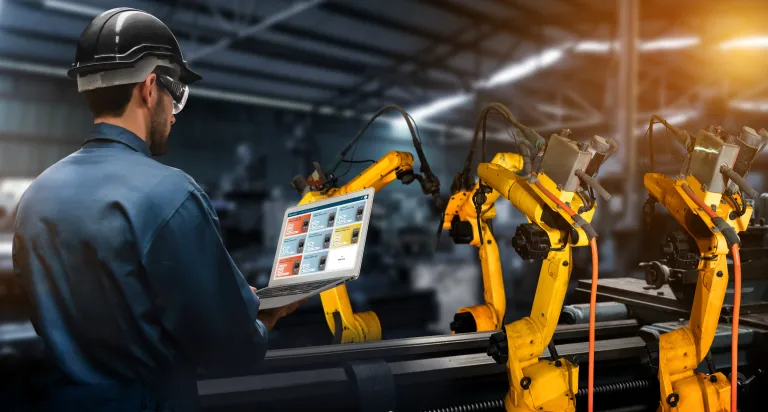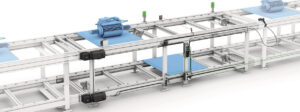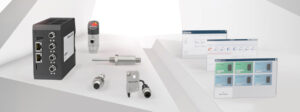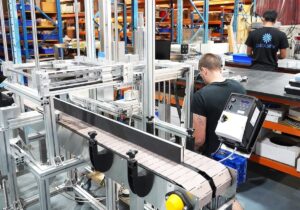We’re all privy to talks about smart manufacturing, smart factory, machine learning, IIOT, ITOT convergence, and so on, and many manufacturers have already embarked on their smart manufacturing journeys. Let’s take a pause and really think about it… Is it really important or is it a fad? If it is important, then why?
In my role traveling across the U.S. meeting various manufacturers and machine builders, I often hear about their needs to collect data and have certain types of interfaces. But they don’t know what good that data is going to do. Well, let’s get down to the basics and understand this hunger for data and smart manufacturing.
Manufacturing goals
Since the dawn of industrialization, the industry has been focused on efficiency – always addressing issues of how to produce more, better and quicker. The goal of manufacturing always revolved around these four things:
- Reduce total manufacturing and supply chain costs
- Reduce scrap rate and improve quality
- Improve/increase asset utilization and machine availability
- Reduced unplanned downtime
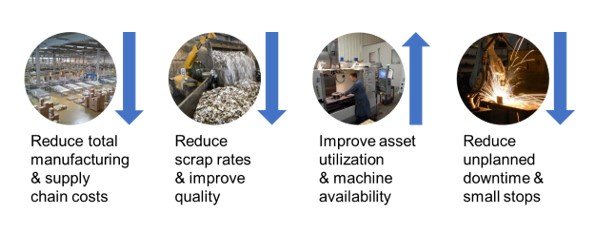
Manufacturing megatrends
While striving for these goals, we have made improvements that have tremendously helped us as a society to improve our lifestyle. But we are now in a different world altogether. The megatrends that are affecting manufacturing today require manufacturers to be even more focused on these goals to stay competitive and add to their bottom lines.
The megatrends affecting the whole manufacturing industry include:
- Globalization: The competition for a manufacturer is no longer local. There is always somebody somewhere making products that are cheaper, better or more available to meet demand.
- Changing consumer behavior: I am old enough to say that, when growing up, there were only a handful of brands and only certain types of products that made it over doorsteps. These days, we have variety in almost every product we consume. And, our taste is constantly changing.
- Lack of skilled labor: Almost every manufacturer that I talk to expresses that keeping and finding good skilled people has been very difficult. The baby boomers are retiring and creating huge skills gaps in the workplaces.
- Aging equipment: According to one study, almost $65B worth of equipment in the U.S. is outdated, but still in production. Changing regulations require manufacturers to track and trace their products in many industries.
Technology has always been the catalyst for achieving new heights in efficiency. Given the megatrends affecting the manufacturing sector, the need for data is dire. Manufacturers must make decisions in real-time and having relevant and useful data is a key to success in this new economy.
Smart manufacturing practices
What we call “smart manufacturing practices” are practices that use technology to affect how we do things today and improve them multifold. They revolve around three key areas:
- Efficiency: If a line is down, the machine can point directly to where the problem is and tell you how to fix it. This reduces downtime. Even better is using data and patterns about the system to predict when the machine might fail.
- Flexibility: Using technology to retool or change over the line quickly for the next batch of production or responding to changing consumer tastes through adopting fast and agile manufacturing practices.
- Visibility: Operators, maintenance workers, and plant management all need a variety of information about the machine, the line, or even the processes. If we don’t have this data, we are falling behind.
In a nutshell, smart manufacturing practices that focus on one or more of these key areas, helps manufacturers boost productivity and address challenges presented by the megatrends. Hence, it is important to invest in these practices to stay competitive.
One more thing: There is no finish line when it comes to smart manufacturing. It should become a part of your continuous improvement program to evaluate and invest in technology that offers you more visibility, improves efficiency, and adds more flexibility to how you do things.
This article was originally published on Automation Insights. Check it out Here

